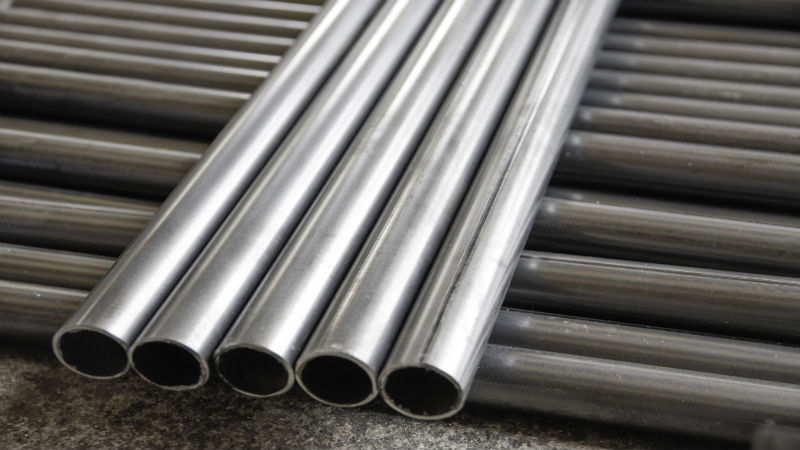Evaporation is one of the most effective ways to deposit a thin film on a target. If you are conducting this process, you already know that it is important to use the right evaporation materials at every step. There are several ways, too, that you can optimize the process in order to achieve the best results. If you are invested in eliminating errors and getting having your evaporation turn out great, consider these tips and reminders for how to do so.
Keep the Vacuum Quality High
The vacuum in which evaporation materials are transferred to their target is important. If it is not the correct pressure, of if it contains materials that could dilute the formula, you will not see favorable results from your efforts. In order to avoid this, check the vacuum regularly and ensure that its pressure setting is correct for the materials you are working with as well as the purpose you have for them.
Consider the Source Material’s Purity
When you are using evaporation materials to apply a coating or thin layer to a target, the substance that will be applied needs to be high quality in order for it to work properly. If yours is a metal such as zinc or alloy, it should be entirely pure, and if you are using an alloy of some kind, it should be carefully composed so as to maintain its quality and integrity, too.
Create a Consistent Coating Carefully
You can control how thick and consistent the coating that’s created is. The evaporation chamber’s geometry is just one of many factors that influence how thick the deposition will ultimately be. Boats and cubicles are ideal for projects that require a higher volume and a thicker coating application. No matter what your intended use is, however, it’s important to take the desired consistency of the film coating into consideration.


